Understanding the Role of Particle Counters in Contamination Control
Optimizing Contamination Control with Particle Counters
In industries where precision and cleanliness are paramount, contamination control is essential for maintaining product quality and safety. One of the most effective tools in this process is the particle counter—an instrument designed to detect and quantify airborne and liquid particles. These devices play a crucial role in ensuring compliance with industry regulations and preventing costly defects. In this blog, we explore the significance of particle counters, their functionality, and how they contribute to maintaining optimal conditions in controlled environments.
What Are Particle Counters?
Particle counters are specialized instruments used to measure and analyze the concentration of particles in air or liquids. These tools are widely utilized in industries such as pharmaceuticals, biotechnology, electronics manufacturing, and food production, where even microscopic contaminants can compromise product integrity.
By identifying and quantifying contaminants, particle counters help businesses mitigate risks, maintain regulatory compliance, and ensure consistent environmental conditions. Their applications extend beyond industrial settings, serving research laboratories, healthcare facilities, and cleanroom environments where stringent contamination control is required.
Types of Particle Counters
There are two primary categories of particle counters, each designed for specific monitoring needs:
Air Particle Counters: These devices measure airborne particles and are essential in industries like semiconductor manufacturing, pharmaceutical cleanrooms, and hospital operating rooms where air purity is critical.
Liquid Particle Counters: These instruments monitor particle contamination in liquids, ensuring the purity of water, chemicals, and pharmaceutical products used in manufacturing processes.
Both air and liquid particle counters offer invaluable insights into environmental cleanliness, allowing industries to take proactive measures against contamination risks.
How Particle Counters Work?
Particle counters operate using laser-based or light-scattering technology to detect and classify particles by size and concentration. The process involves:
Sampling the air or liquid through a detection chamber.
Using a laser beam to illuminate the sample.
Recording light interruptions or scattering patterns, which indicate the presence of particles.
Analyzing and classifying the detected particles based on predefined size ranges.
Advanced real-time monitoring systems integrate with cleanroom environmental monitoring solutions, ensuring continuous tracking and immediate alerts when contamination levels exceed acceptable thresholds.
Why Particle Counting is Crucial in Key Industries
Several industries depend on particle counters to uphold stringent cleanliness and quality standards:
Pharmaceutical & Biotechnology
Ensures compliance with FDA, ISO 14644, and GMP regulations.
Prevents contamination in drug manufacturing, ensuring patient safety and product efficacy.
Semiconductor & Electronics Manufacturing
Prevents defects caused by microscopic dust particles, which can disrupt microchip production.
Supports cleanroom classification and process control, minimizing costly errors.
Food & Beverage Industry
Maintains sanitary conditions in production lines, preventing contamination in food and liquid processing.
Helps meet FDA and HACCP standards for food safety and quality.
Healthcare & Hospitals
Monitors airborne particulates in surgical rooms and pharmaceutical compounding areas.
Ensures clean air in ICUs, operating theaters, and sterile processing environments.
By integrating particle counting technology, these industries not only maintain regulatory compliance but also enhance product reliability, consumer safety, and operational efficiency.
Advancements in Particle Counter Technology
As technology advances, particle counters are becoming more sophisticated, offering enhanced accuracy and automation capabilities. Innovations include:
Real-time remote monitoring with cloud-based data access.
Automated contamination alerts for proactive response.
AI-powered analytics to predict contamination trends.
Wireless and portable designs for flexible monitoring.
These advancements allow industries to achieve unparalleled control over environmental conditions, ensuring the highest levels of cleanliness and contamination prevention.
Investing in Reliable Particle Monitoring Systems
For businesses in regulated industries, investing in high-precision particle counters is essential to achieve contamination-free operations. At Cleanroom Specialists, we offer state-of-the-art environmental monitoring solutions tailored to meet industry-specific needs.
If you're looking to optimize contamination control and ensure regulatory compliance, explore our comprehensive range of monitoring systems. Contact Cleanroom Specialists today to learn how our solutions can help you maintain a clean, controlled, and compliant environment.
Visit www.cleanroomspecialists.com/monitoring-systems to discover more about our advanced particle monitoring solutions.

